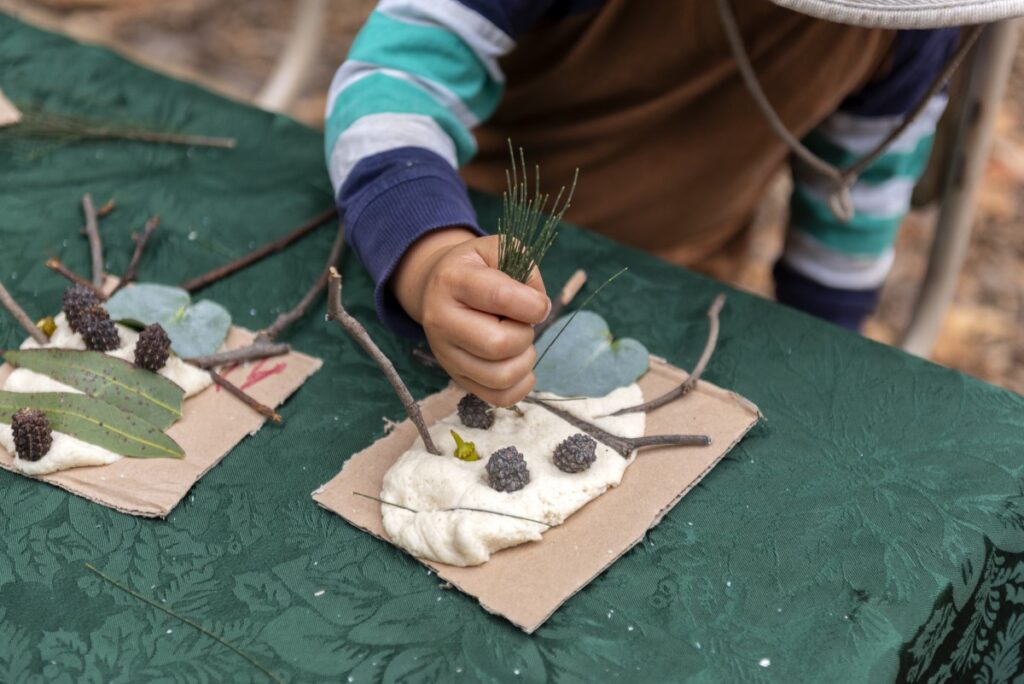Stretch, squash, pound, pinch, roll and twist. However you like to play with clay, the benefits for children are endless.
At the recent Gowrie Victoria conference, Carlton North Educational Leader Sam Newbury set up an ‘inspiration station’ around the use of natural clay.
Sam says the beauty of clay is its texture and longevity. “Playdough is more sensory, but clay has more resistance, so it’s fantastic for building, sculpting and creating,” they say. “And unlike some other artforms, you can create something that changes form and texture, can be added to or painted, and exists for a long time.”
The benefits for children include the development of fine motor skills, fostering creativity and self-expression, understanding of different concepts such as shape and volume, and building connection and social skills.
Sam says it’s also a great tool for exploring a variety of shared pedagogical understandings, including First Nations perspectives.
“Working with natural clay allows us to talk about the fact it came from the land. We might wonder together where this particular clay came from, and what stories it might tell,” they say. “It’s a wonderful way to strengthen that feeling of connection with country, simply by using your hands. And you can incorporate lots of natural elements, such as sticks and seeds.”
Sam recommends using clay intentionally with small groups of children. “You need to work with clay, rather than just leaving it out,” they say. “Some thinking and discussion needs to go into it, whether it’s teaching techniques, or problem-solving issues such as what to do when you add too much water.
“I love clay as a tool to connect with children. There’s a rich language associated with clay work, and the conversations and stories that emerge are so creative and worthwhile.”
Simple clay projects such as pinch or coil pots are an easy way to begin experimenting with clay play. “It’s a material that everyone can use and feel successful in using,” Sam says. “It can be very simple but very rewarding.”
How to make a clay coil pot with children:
- Roll several small pieces of clay into balls.
- Roll out each clay ball into a long coil (or ‘snake’).
- Curl one coil into a circle to form the base of your pot.
- Begin laying each coil around the edge of your base.
- Keep adding coils until your pot is the height you want.
- Make sure each coil is firmly attached to each other.
- You can use a tool to smudge the edges for a smooth finish, or you can leave the coils visible.

